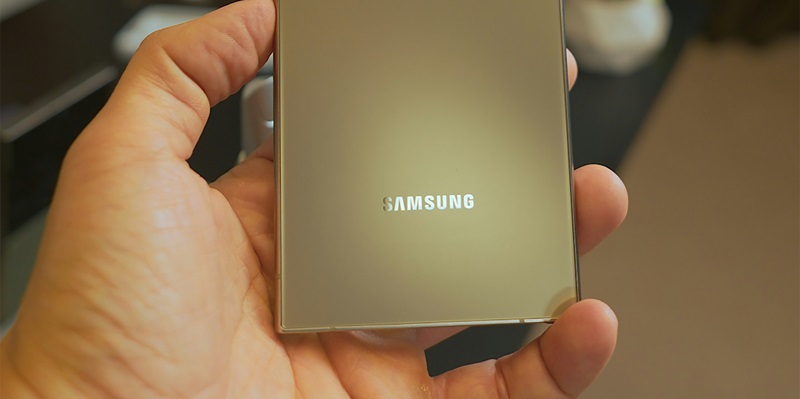As we edge closer to the end of 2024, the anticipation for Samsung’s next flagship phones is steadily building, especially regarding the camera capabilities of the Galaxy S25 series. Despite the recent release of the Galaxy S24 series, official and unofficial sources have hinted at the camera specifications of the upcoming Galaxy S25 lineup. Expected to launch in January 2025, the Galaxy S25 series, comprising the Galaxy S25, Galaxy S25 Plus, and Galaxy S25 Ultra, is reportedly set for mass production later this year. This announcement has prompted tech enthusiasts to speculate whether these models will offer significant camera advancements or whether Samsung will focus on other aspects of the devices.
Modest Upgrades for the Galaxy S25 Ultra
The most notable upgrade in the Galaxy S25 Ultra appears to be a shift from a 12 MP ultra-wide-angle camera to a 50 MP ISOCELL JN3 sensor while maintaining a 120° field of view (FOV). This transition represents the most significant camera improvement in the Galaxy S25 Ultra compared to its predecessor, the Galaxy S24 Ultra. However, this is largely where the enhancements end. The primary 200 MP sensor and the 50 MP 5x telephoto sensor from the Galaxy S24 Ultra are expected to remain unchanged. The decision to keep these components the same signals that Samsung may be satisfied with the existing setup’s performance and reliability.
Indeed, Samsung’s choice to source the new ultra-wide-angle camera and the 3x telephoto camera from Patron is noteworthy. By streamlining its supply chain, the company may be aiming for greater consistency and perhaps better quality control. However, this approach also demonstrates a level of conservatism in their upgrade strategy, focusing on incremental rather than revolutionary changes. As a result, Samsung seems keen on maintaining the basic framework that has proven successful while introducing modest upgrades to enhance specific camera functions without overhauling the entire system.
Consistency in the Galaxy S25 and S25 Plus
The Galaxy S25 and S25 Plus models are expected to follow a similar path of consistency, carrying over many of the camera components from the Galaxy S24 series. These models will likely feature the same 50 MP primary cameras and 12 MP front-facing cameras. Additionally, the Galaxy S25 and S25 Plus are both expected to maintain 10 MP 3x telephoto cameras and 12 MP ultra-wide-angle cameras. This continuity again highlights Samsung’s strategy of reliability and predictability, ensuring that users can expect the same level of performance they appreciated in the preceding series.
With Patron once more set to supply these camera sensors, the move suggests a standardized approach across the S25 lineup. This standardization could appeal to current Samsung users who favor a dependable experience without the uncertainties that sometimes accompany major hardware changes. The lack of substantial upgrades might not be particularly exciting, but it could mean fewer issues with new technology and a more stable overall user experience. Thus, Samsung appears to be striking a balance, offering just enough upgrades to stay competitive while retaining the core elements that work well.
Understanding Samsung’s Incremental Improvement Strategy
As we inch closer to the end of 2024, excitement is growing for Samsung’s next flagship phones, especially when it comes to the camera capabilities of the Galaxy S25 series. Though the Galaxy S24 series was recently unveiled, both official and unofficial sources are already teasing the camera specs of the imminent Galaxy S25 lineup. Slated for a January 2025 launch, the Galaxy S25 series—which includes the Galaxy S25, Galaxy S25 Plus, and Galaxy S25 Ultra—appears set to enter mass production later this year. This news has sparked a wave of speculation among tech enthusiasts, who are eager to see if these new models will showcase major advancements in camera technology or if Samsung will choose to focus on enhancing other features of the devices. Samsung remains tight-lipped, but the murmurs suggest that the Galaxy S25 could potentially raise the bar for smartphone photography, or perhaps bring forward new innovations in other areas like battery life, display technology, or software enhancements. The anticipation continues to build as we await further details.

